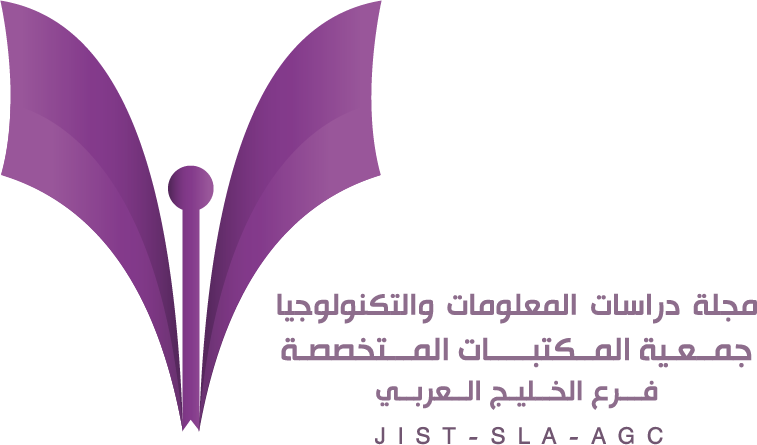-
oa مشاريع دعم وتطوير المستودعات الرقمية الأكاديمية: نحو اتحاد أكاديمي لمستودعات الوصول الحر بالجزائر
- Source: Journal of Information Studies & Technology (JIS&T), Volume 2023, Issue 2, Sep 2023,
-
- 11 January 2023
- 16 July 2023
- 30 September 2023
Abstract
الملخص
إن مشروعات إنشاء المستودعات الرقمية المؤسساتية في العالم العربي عامة، والجزائر خاصة، تخضع في أغلب الأحوال إلى الاجتهادات الشخصية أكثر مما تخضع للرؤى العلمية المبنية على التخطيط المنهجي الذي يوضح المسار الذي يجب أن يلتزم به المشروع في مواصفاته ومراحل تنفيذه ومتطلبات كل مرحلة، فهناك اعتبارات عديدة. مالية، وبشرية، وقانونية، وإدارية، وتقنية- ينبغي أن تؤخذ في الحسبان في أي مشروع يهدف إلى تأسيس مستودع رقمي مؤسساتي. ومع تزايد الاهتمام بالمستودعات الرقمية، عمدت العديد من الدول إلى إعداد ودعم إنشاء مشاريع مستودعات رقمية وطنية. وفي هذه الدراسة تم عمل دراسة تقييمية على 36 مستودعاً تابعاً للجامعات الجزائرية، وتوصلت نتائجها إلى قصور في أداء المستودعات الرقمية المؤسساتية. كما أظهرت الدراسة أن العديد من الجامعات لا تملك الخبرة والإمكانيات لبناء مستودعات معيارية لتنظيم وإتاحة وحفظ مخرجات باحثيها. من هذا المنطلق تقدم هذه الدراسة رؤيةً لمشروع وطني يكون تحت وصاية وزارة التعليم العالي والبحث العلمي، هدفه دعم إنشاء ومتابعة مشاريع المستودعات الرقمية في المؤسسات الأكاديمية الجزائرية وفق أفضل المعايير والممارسات، وقد اصطلح الباحث على تسمية المشروع ب”اتحاد .“DZCOAR” Algerian Confederation of Open Access Repositories ” مستودعات الوصول الحر في الجزائر ويهدف هذا المشروع إلى تأسيس بنية تحتية وطنية لدعم إنشاء ومتابعة مشاريع المستودعات الرقمية، ويشمل ذلك الدعم المادي، والفني، والتقني، والتشريعي، والإداري.
The projects of implementing institutional digital repositories, in the Arab world in general and in Algeria in particular, are in most cases based on personal efforts rather than adopting vision and systematic planning which would guide such projects to complete successfully by providing all the required aspects, stages, requirements, implementation, timeline and costs. There are many financial, human, legal, administrative and technical considerations to be taken into account when starting an institutional digital repository project. With the increasing interest in digital repositories, many countries have initiated the setting up of such projects and have provided support on national levels.
This study conducted an evaluation of 36 repositories belonging to Algerian universities and found out a deficiency in the performance of these repositories. The study revealed that such universities do not have the experience or the capabilities to enable them to build standard repositories to organize, provide and preserve their researchers’ outputs. Hence, this study presents a suggested vision for a national project to be under the tutelage of the Ministry of Higher Education and Scientific Research. This suggested vision aims to support setting up and managing digital repositories in Algerian universities in accordance with the best standards and practices. The researcher named the project as Algerian Confederation of Open Access Repositories (DZCOAR). This project aims to establish a national infrastructure to support the building and the following-up of digital repositories projects, including financial, technical, legislative and administrative support.



